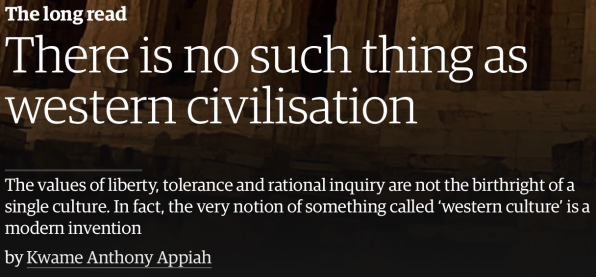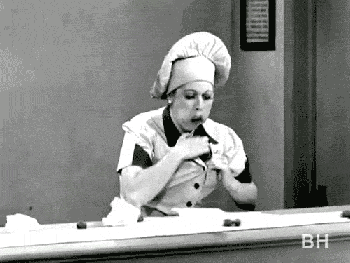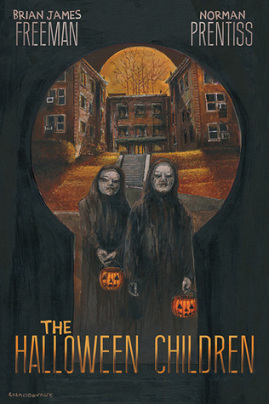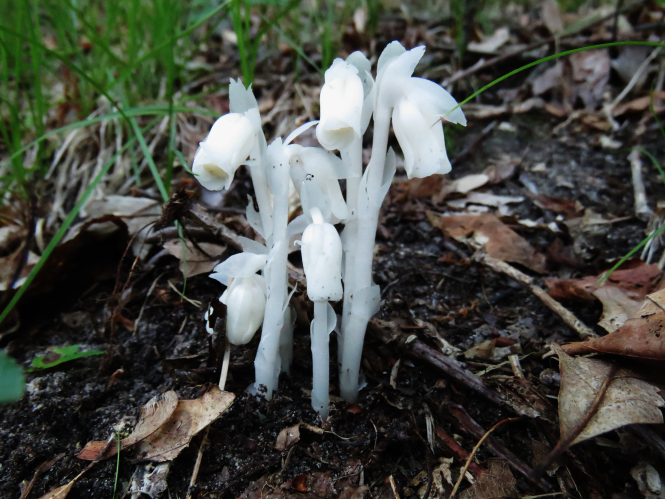Vampires in the Lemon Grove is the second collection of short stories by Karen Russell, and follows her highly acclaimed debut novel, Swamplandia!. All of the tales have been previously published in various magazines and anthologies. Her newest release is hailed as a ‘wickedly funny and brilliantly dark’ collection of ‘dystopian tales’, which ‘confirms her place as a master of the short story form, and one of the most imaginative young writers at work today’. High claims indeed, but does Vampires in the Lemon Grove really live up to all the hype surrounding it?
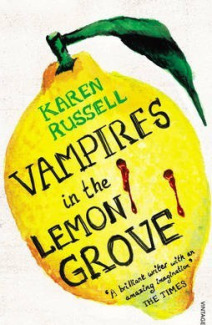 Russell’s collection contains eight short stories in all, the majority of which have rather intriguing titles – ‘The Graveless Doll of Eric Mutis’ and ‘The Seagull Army Descends on Strong Beach, 1979’. (We must forget in this case that there is actually no such thing as a ‘seagull’, but no matter – the story is still a relatively intriguing one.) The title story takes pride of place at the beginning of the collection. The narrator of this tale – a vampire, who has moved to a lemon grove in ‘the blue boot’ of Italy with his equally undead ‘wife’ in the hope that the fruit there will suppress their appetites for blood – tells us that ‘most people mistake me for a small, kindly Italian grandfather, a nonno. I have an old nonno‘s coloring, the dark walnut stain peculiar to southern Italians, a tan that won’t fade until I die (which I never will)’. He features in a vampiric love story of sorts, though one which has thankfully not succumbed to the over-commercialised feel of the Stephenie Meyer brand.
Russell’s collection contains eight short stories in all, the majority of which have rather intriguing titles – ‘The Graveless Doll of Eric Mutis’ and ‘The Seagull Army Descends on Strong Beach, 1979’. (We must forget in this case that there is actually no such thing as a ‘seagull’, but no matter – the story is still a relatively intriguing one.) The title story takes pride of place at the beginning of the collection. The narrator of this tale – a vampire, who has moved to a lemon grove in ‘the blue boot’ of Italy with his equally undead ‘wife’ in the hope that the fruit there will suppress their appetites for blood – tells us that ‘most people mistake me for a small, kindly Italian grandfather, a nonno. I have an old nonno‘s coloring, the dark walnut stain peculiar to southern Italians, a tan that won’t fade until I die (which I never will)’. He features in a vampiric love story of sorts, though one which has thankfully not succumbed to the over-commercialised feel of the Stephenie Meyer brand.
The tales are often quirky and rather original, although these accolades can be applied more freely on some stories than others. The first two stories in the collection – the aforementioned ‘Vampires in the Lemon Grove’ and ‘Reeling for the Empire’ – are wonderful. The latter takes place in a factory within Japan, in an undisclosed place and period. Dozens of women have been plucked from their homes and have been given draughts of tea which causes their insides to weave luxurious silk: ‘Yards and yards of thin color would soon be extracted from me by the Machine’. Here, Russell’s imagination sparkles. The first person narrator feels realistic, and the beginning, middle and end of the tale are strong and rather scarily believable.
There are flashes of this imagination which can be found in the tales which follow ‘Reeling for the Empire’ – for example, three past American Presidents who find themselves transformed into a barn in a state which they believe to be Kentucky. Several of the stories are engrossing and rich in detail, but others feel flat in comparison and meander towards their conclusion, which does not really satisfy. This is a statement which can be applied to the majority of short story collections, however, and is an almost inevitable consequence of the form.
Russell’s descriptions are well thought out, and she heightens all of the senses, often bringing taste, touch, sight and smell into her stories. Her similes too work well. When describing creatures who roam in the night, she says, ‘They have wrinkled black faces, these bats, tiny, like gargoyles or angry grandfathers’. The sense of place – and there are many different settings contained within these stories, ranging from Japan to the United States – is evoked in the most successful way through her descriptions: ‘The sky is a deep blue vacuum’. Two differing narrative perspectives have been used, as well as a small handful of narrative techniques – the use of headings in a couple of the stories which break up the story, for example.
To conclude, the first two stories in the collection are simply marvellous. The tales which follow sadly do not quite live up to their imagination or the wonder which they impart, but they are all so diverse that there is sure to be something here which will appeal to every reader.
Purchase from The Book Depository
Advertisements Share this: